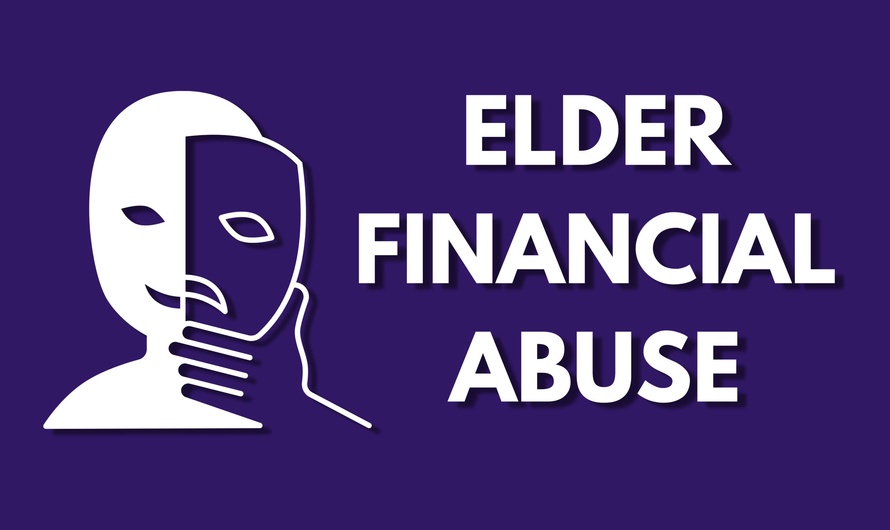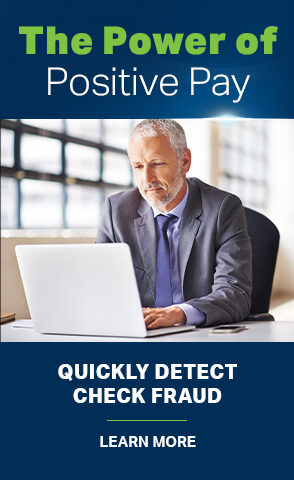14 Red Flags for Elder Financial Abuse
- Unusual activity in an older person’s bank accounts, including large, frequent or unexplained withdrawals
- Changing from a basic account to one that offers more complicated services the customer does not fully understand or need
- Withdrawals from bank accounts or transfers between accounts the customer cannot explain
- A new “best friend” accompanying an older person to the bank
- Sudden non-sufficient fund activity or unpaid bills
- Closing CDs or accounts without regard to penalties
- Uncharacteristic attempts to wire large sums of money
- Suspicious signatures on checks, or outright forgery
- Confusion, fear or lack of awareness on the part of an older customer
- Checks written as “loans” or “gifts”
- Bank statements that no longer go to the customer’s home
- New powers of attorney the older person does not understand
- A caretaker, relative or friend who suddenly begins conducting financial transactions on behalf of an older person without proper documentation
- Altered wills and trusts
Information provided by the Cybersecurity & Infrastructure Security Agency.
Return to Identity Theft Protection







